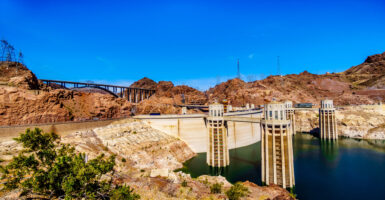Fascinating Facts About Volcanoes That Will Blow Your Mind
Every time a volcano makes headlines, millions flock to their screens to witness nature’s most dramatic display of power. There’s something deeply mesmerizing about these geological giants that capture our imagination and remind us of Earth’s raw, untamed spirit.
What if you discovered that some volcanoes create their own lightning, or that there are massive underwater volcanoes we’re only beginning to understand? Let’s explore mind-bending facts about these natural wonders that showcase just how extraordinary our planet really is.
The Ultimate Lightning Show
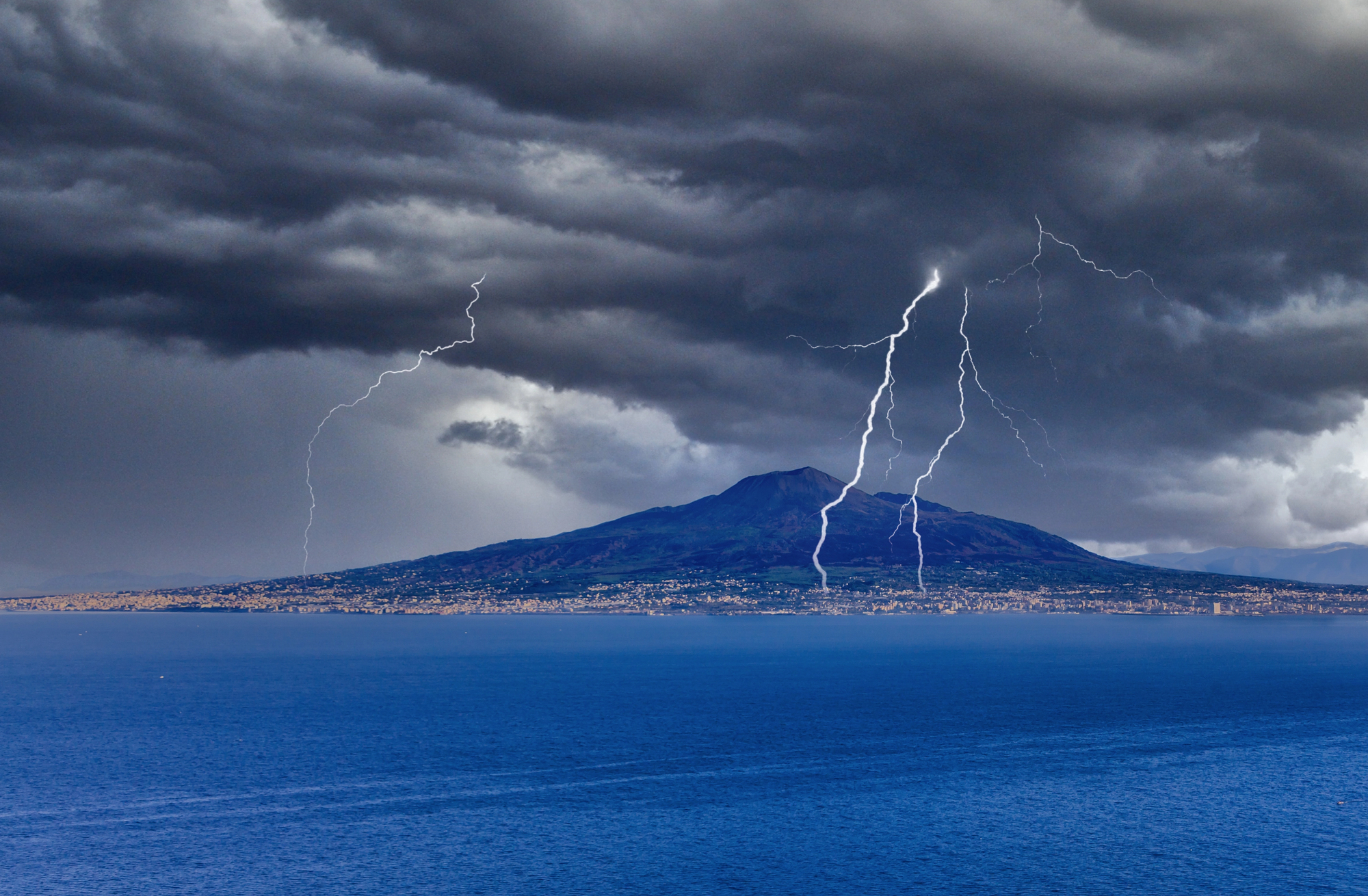
Volcanic lightning isn’t just a special effects trick from movies. When volcanoes erupt violently, they create their own electrical storms through the intense friction of ash particles colliding in the air.
These spectacular displays, known as dirty thunderstorms, can produce tens of thousands of lightning bolts in a single eruption, turning the sky into a natural fireworks show that would put any human celebration to shame.
Diamonds from the Deep

Beneath the fiery exterior of some volcanoes lies an unexpected treasure – diamonds. These precious gems form in kimberlite pipes, special types of volcanic rock that act like natural elevators, shuttling diamonds from deep within Earth’s mantle to the surface.
The next time someone admires a diamond ring, they’re actually looking at a piece of volcanic history that’s billions of years old.
Like Go2Tutors’s content? Follow us on MSN.
The Volcano That Froze Europe
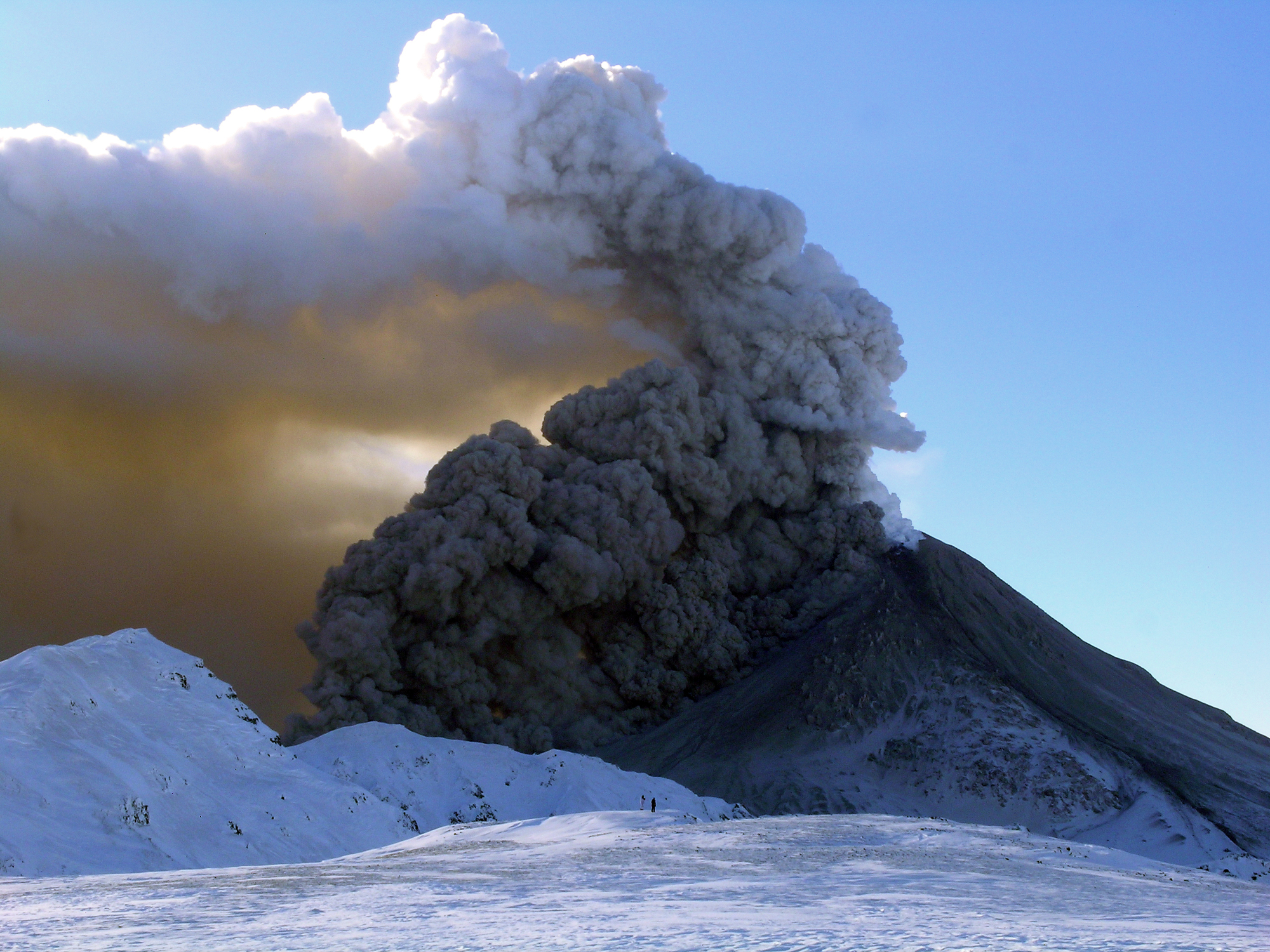
Think climate change is a modern concern? In 1815, Mount Tambora’s eruption in Indonesia led to what became known as “The Year Without Summer.” Volcanic ash blocked so much sunlight that crops failed across the Northern Hemisphere, leading to the last great subsistence crisis in the Western world.
This same eruption inadvertently inspired Mary Shelley to write Frankenstein during the gloomy summer she spent indoors.
Underwater Fire Mountains
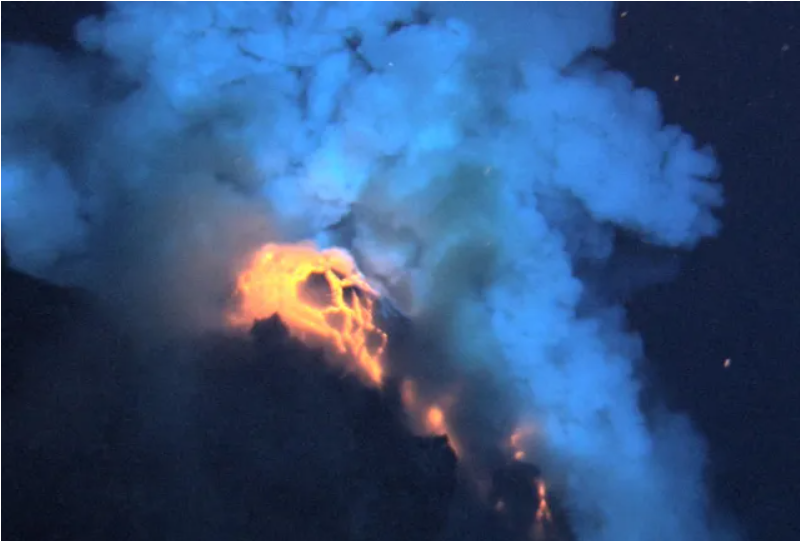
While we’re familiar with towering volcanic peaks on land, the vast majority of Earth’s volcanic activity happens beneath the waves. Submarine volcanoes, or seamounts, create new islands, host unique ecosystems, and even help regulate ocean chemistry.
The largest known volcano in our solar system, Tamu Massif, lies quietly beneath the Pacific Ocean, covering an area roughly the size of New Mexico.
Crystal Factories
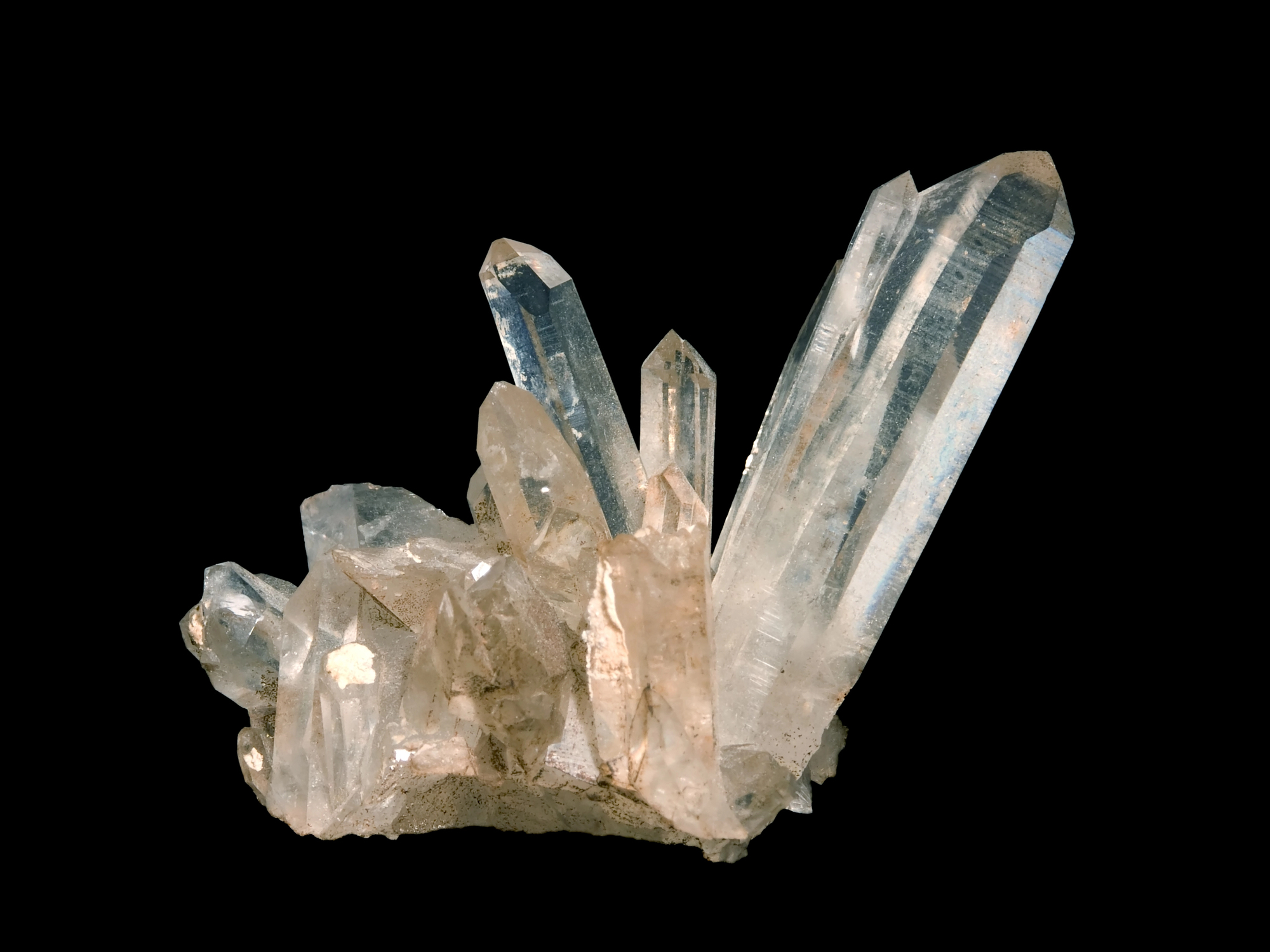
Inside volcanic caves, a remarkable transformation takes place. As mineral-rich water seeps through volcanic rock, it creates some of the most spectacular crystal formations on Earth.
These caves become natural laboratories where molecules arrange themselves into geometric patterns that seem almost too perfect to be natural, proving that sometimes the most beautiful aspects of volcanoes aren’t the eruptions, but what happens long after they’ve quieted.
Like Go2Tutors’s content? Follow us on MSN.
Living in the Shadow
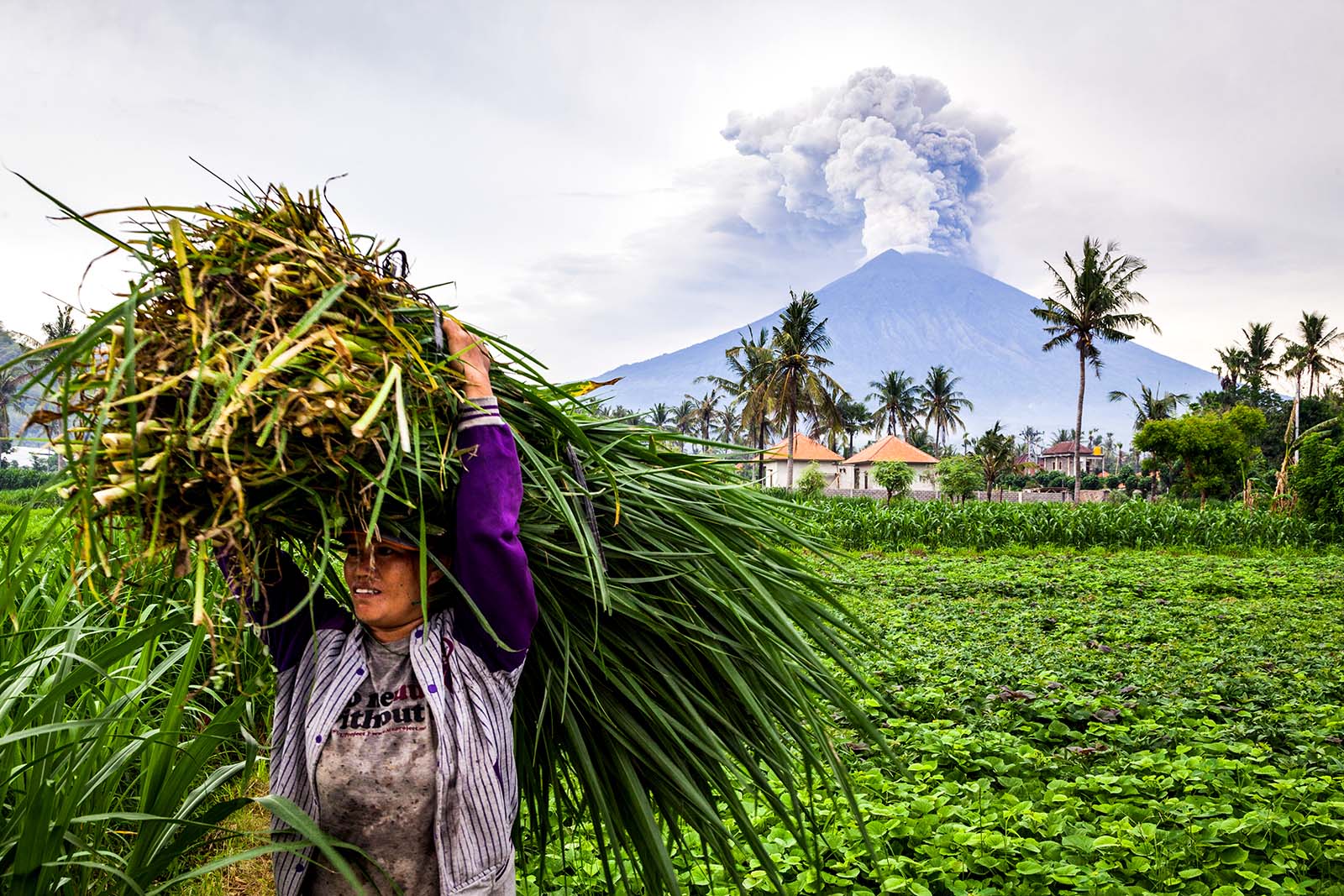
Despite their destructive potential, some of the world’s most fertile agricultural regions exist because of volcanic activity. The mineral-rich soil created by weathered volcanic ash provides exceptional growing conditions.
In Naples, Italy, generations of farmers have cultivated tomatoes in the shadow of Mount Vesuvius, producing uniquely flavorful crops that owe their distinct taste to the volcanic soil.
The Ice Volcano Mystery
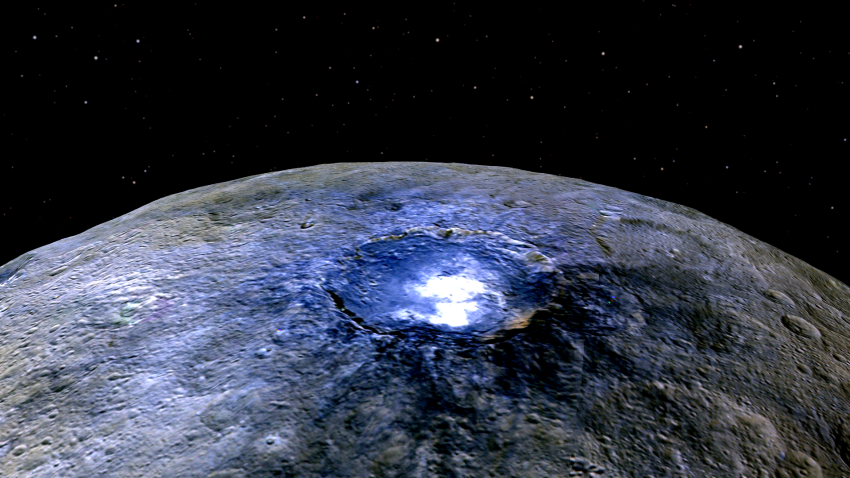
Not all volcanoes spew molten rock. On Saturn’s moon Enceladus, scientists have discovered cryovolcanoes that erupt with water ice instead of lava.
These cosmic oddities shoot plumes of frozen water particles into space, contributing to Saturn’s rings and challenging our understanding of what constitutes a volcano.
Nature’s Pressure Cooker
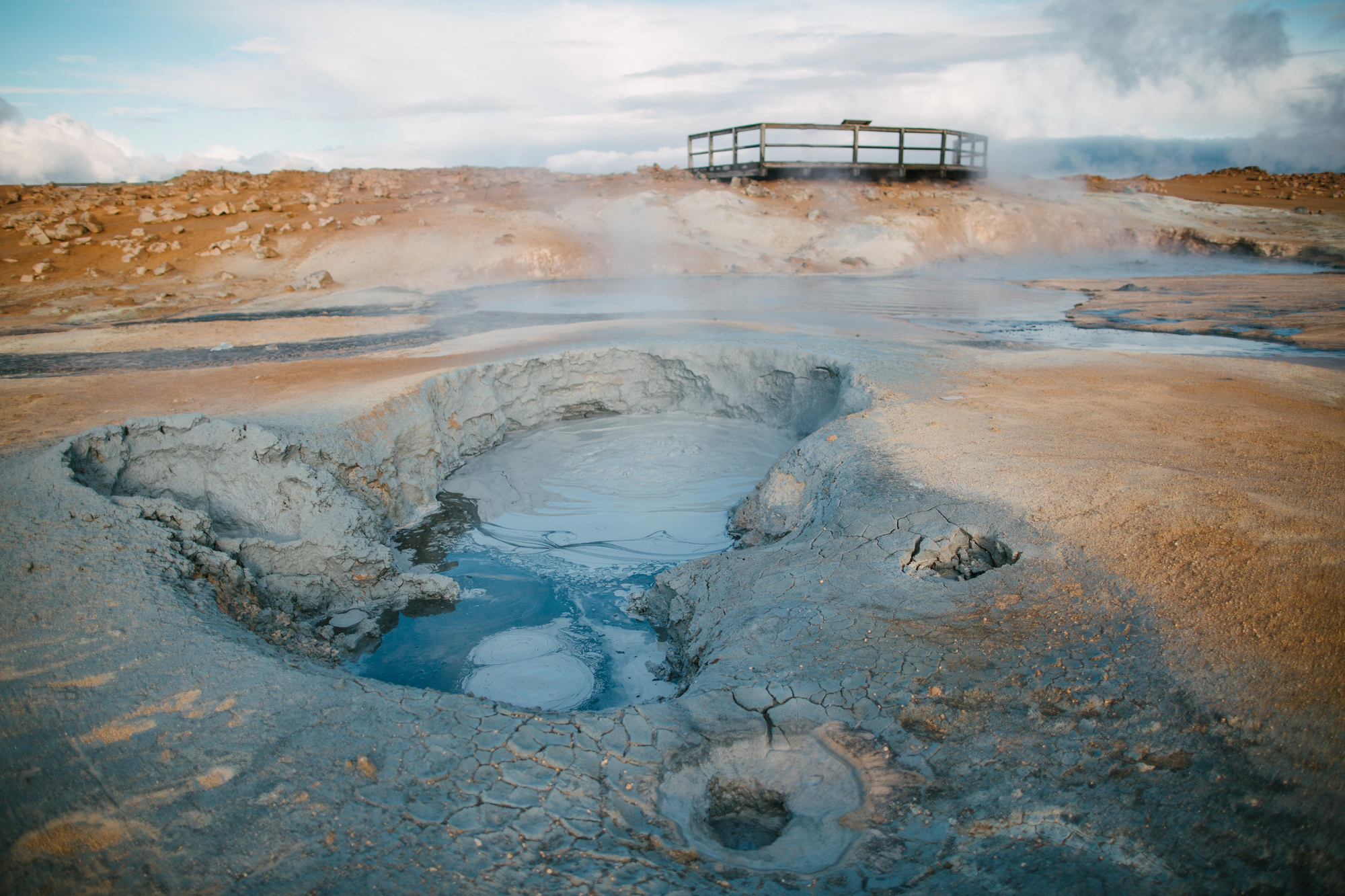
Beneath Yellowstone National Park lies one of the world’s largest volcanic systems, creating a natural pressure cooker that powers thousands of geothermal features.
The park’s famous geysers, hot springs, and mud pots demonstrate how volcanic heat continues to shape the landscape long after the last eruption, creating a living laboratory of geothermal activity.
Like Go2Tutors’s content? Follow us on MSN.
The Sound of Silence
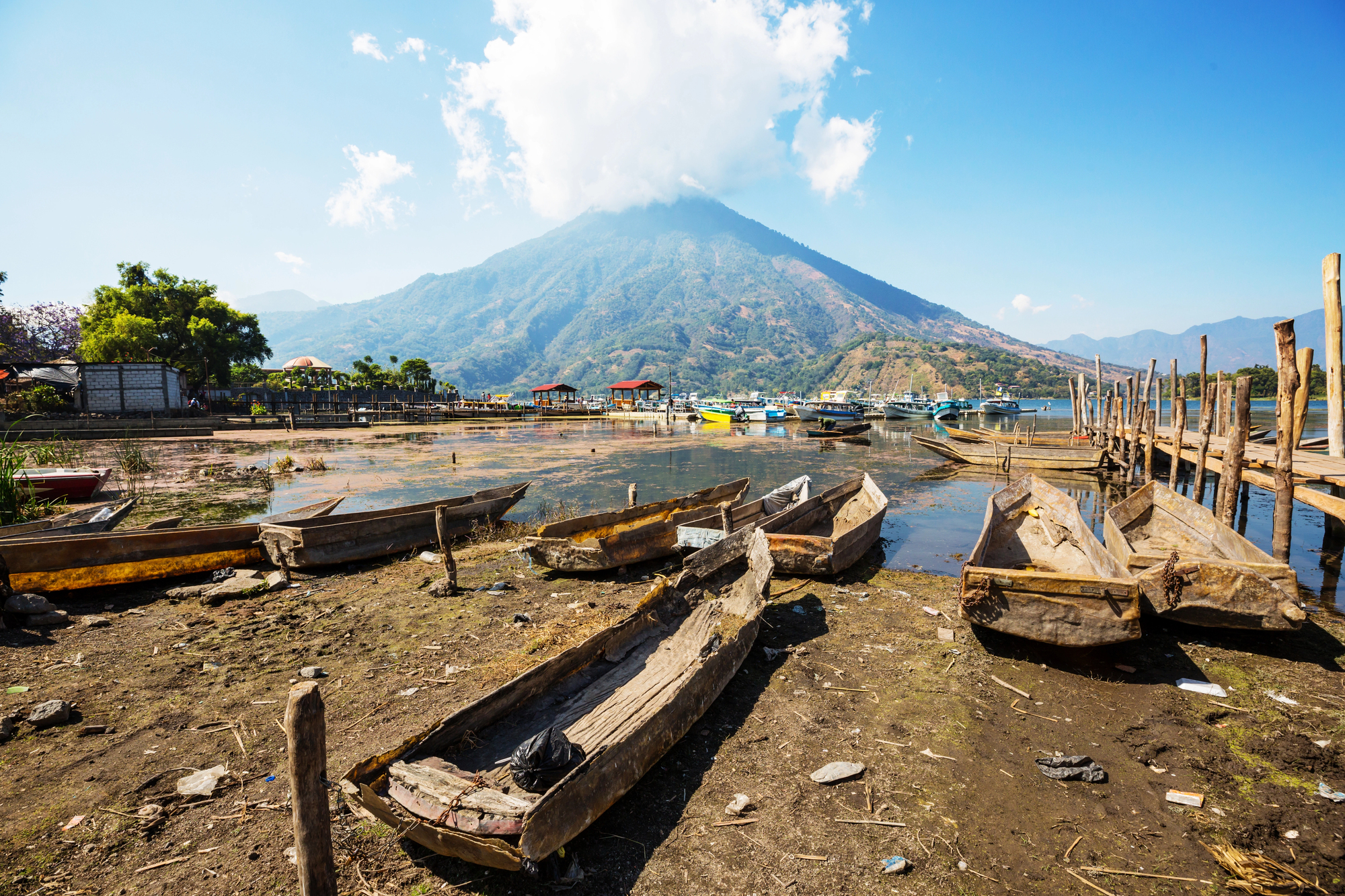
Some volcanic eruptions are so powerful they create infrasound – sound waves too low for human ears to detect but capable of traveling around the globe multiple times.
These silent screams can be picked up by specialized equipment thousands of miles away, serving as an early warning system for volcanic activity.
Ancient Atomic Shelters
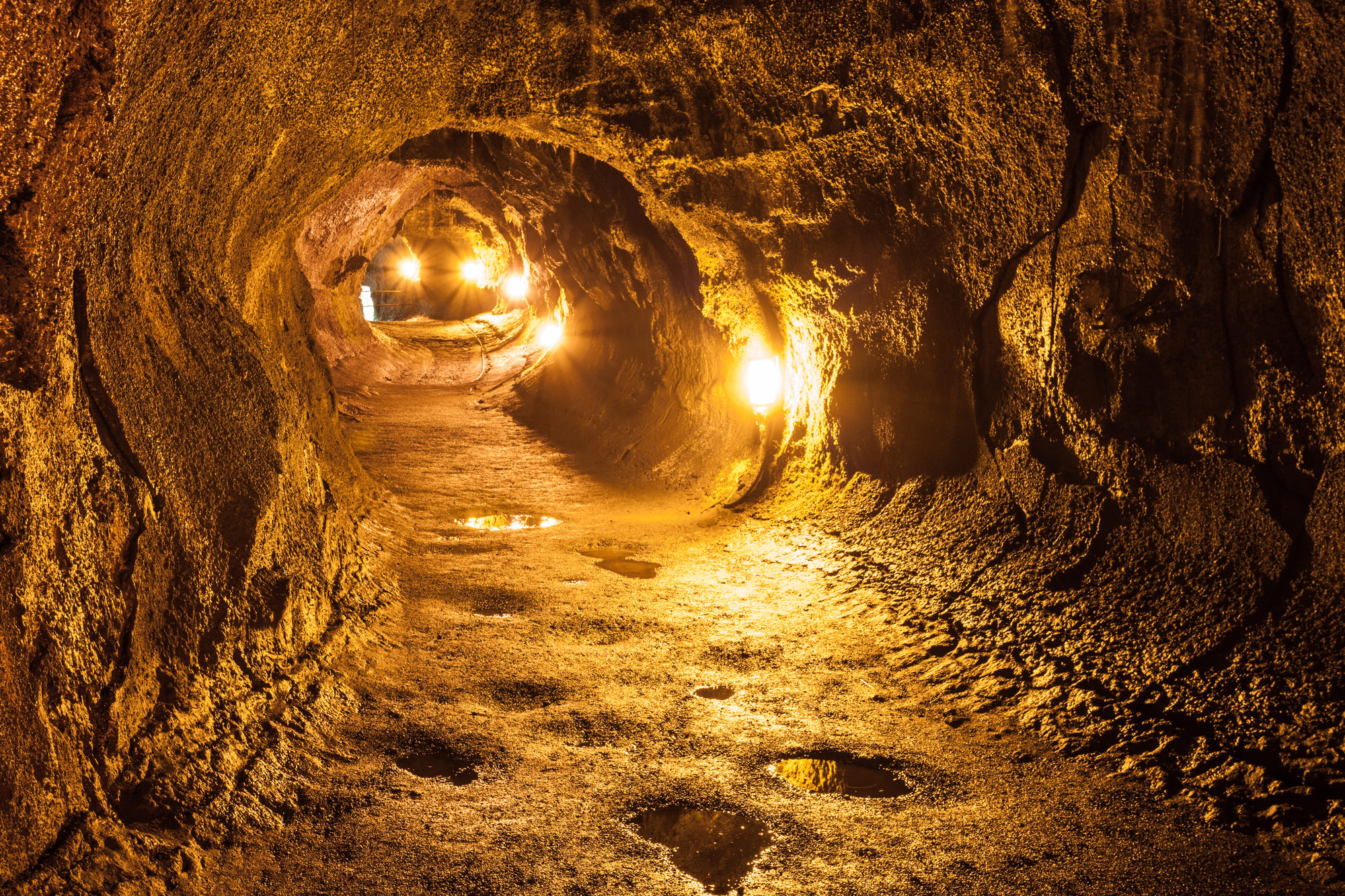
During the Cold War, scientists discovered that ancient lava tubes – natural tunnels formed by flowing lava – could potentially serve as nuclear fallout shelters.
These volcanic structures are so stable that modern researchers are studying them as potential locations for lunar and Martian bases, proving that yesterday’s volcanic activity might help tomorrow’s space exploration.
The Pizza Connection

Naples’ famous pizza owes its unique taste partly to the volcanic minerals in the local water and soil. The same geological forces that make Mount Vesuvius dangerous also contribute to creating what many consider the world’s best pizza.
This shows how volcanic influence extends even to our culinary traditions.
Like Go2Tutors’s content? Follow us on MSN.
Nature’s Time Capsules
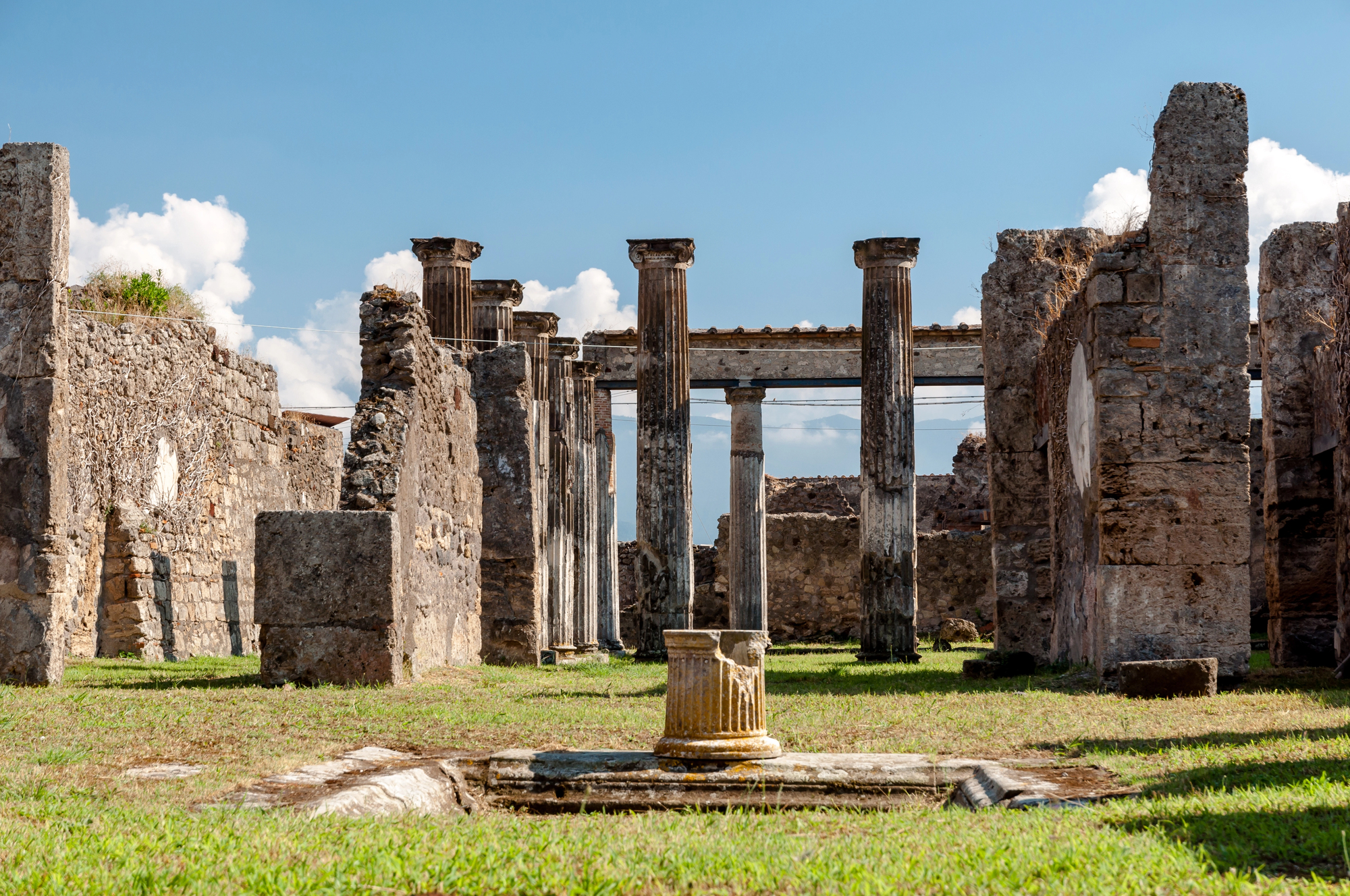
Volcanic ash has preserved some of history’s most important archaeological sites. The cities of Pompeii and Herculaneum offer unprecedented glimpses into Roman life, frozen in time by Vesuvius’s eruption.
These volcanic time capsules continue to reveal new secrets about ancient civilizations, turning disaster sites into invaluable historical treasures.
The Global Cooling System
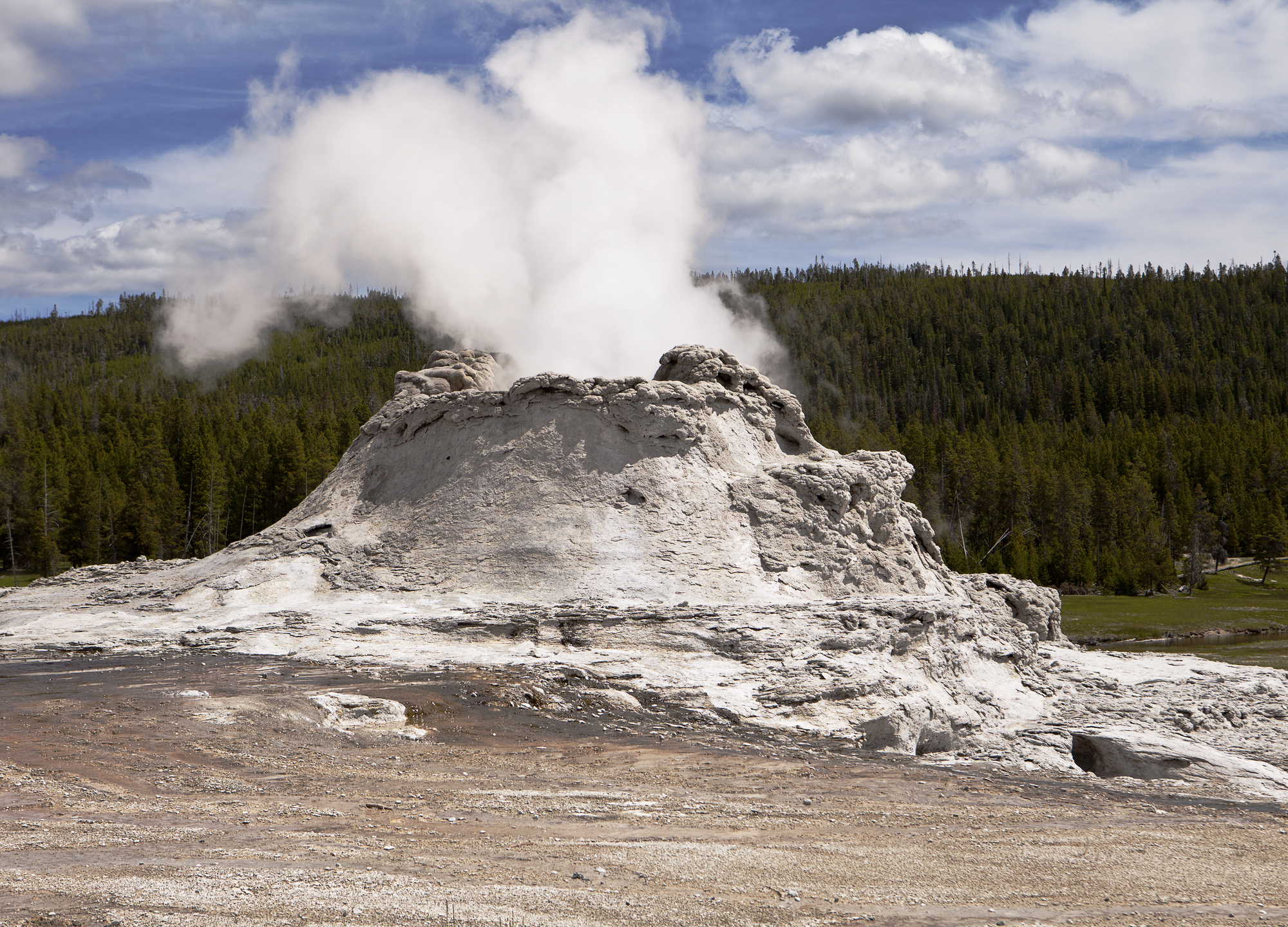
Large volcanic eruptions can temporarily cool the Earth’s climate by injecting reflective sulfur particles into the stratosphere.
This natural phenomenon has inspired controversial geoengineering proposals to combat global warming, though the complexity and potential risks of artificially replicating this process remain hotly debated.
Crystal Computers
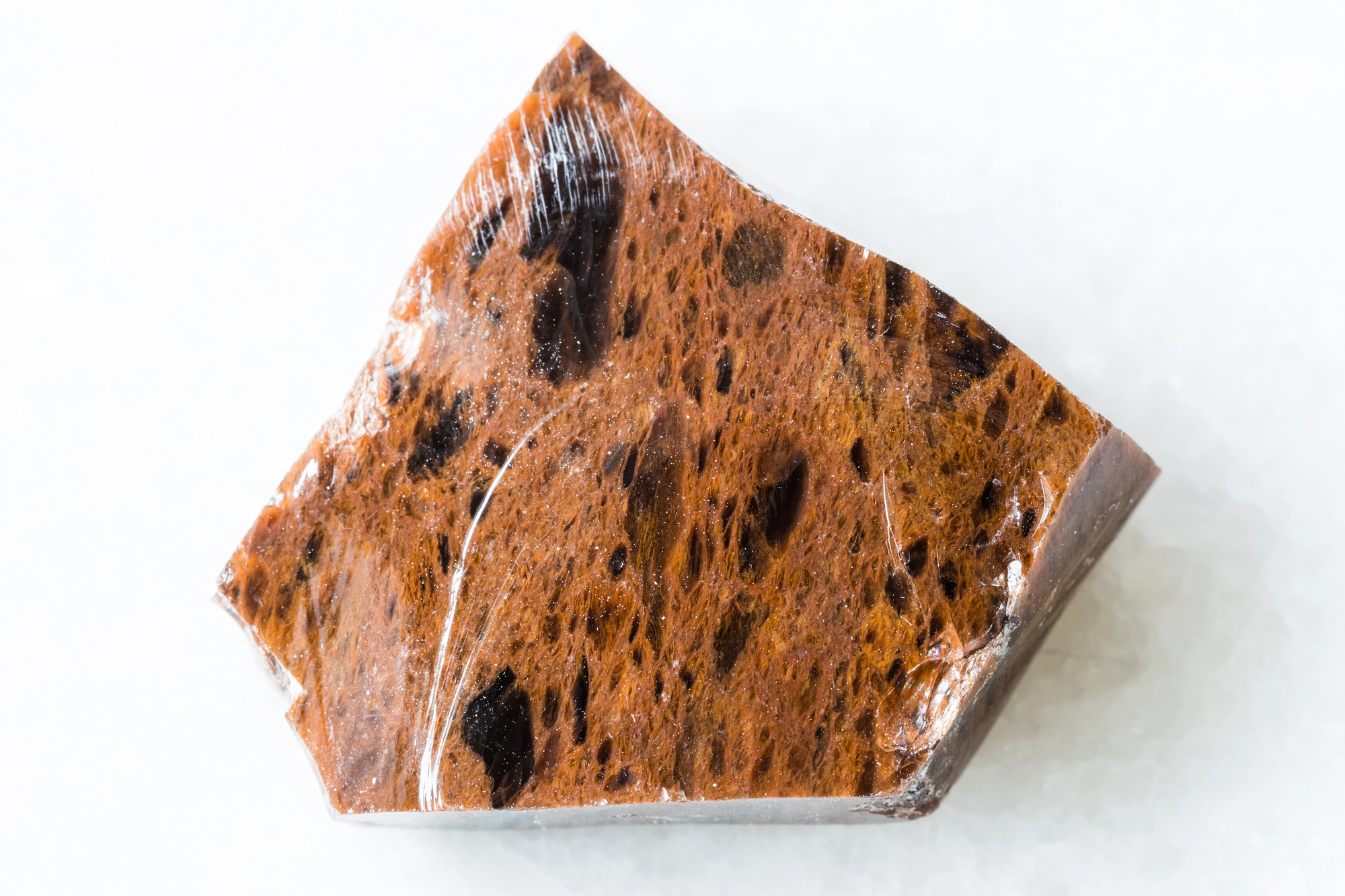
Volcanic glass, or obsidian, was ancient humanity’s first cutting tool. Today, scientists are exploring how volcanic materials might play a role in next-generation computing.
Certain volcanic minerals show promise for creating more efficient computer components, suggesting these ancient materials might help build tomorrow’s technology.
Like Go2Tutors’s content? Follow us on MSN.
The Magnetic Mystery
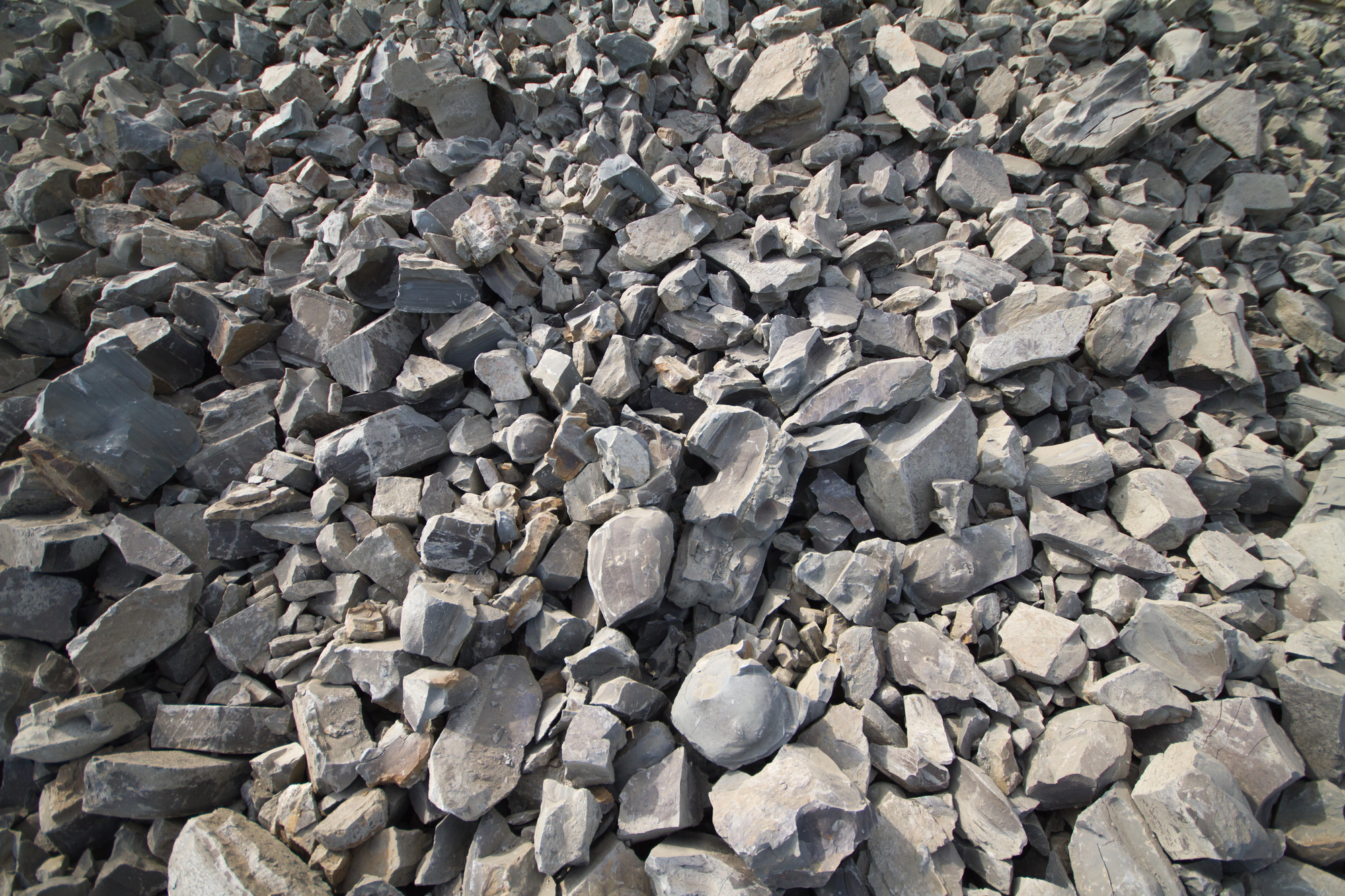
Volcanic rocks have helped scientists understand Earth’s magnetic field reversals. As lava cools, it preserves a record of Earth’s magnetic field at that moment.
This creates a natural history book of our planet’s magnetic evolution and helps us predict future changes in this crucial planetary shield.
Underground Lightning
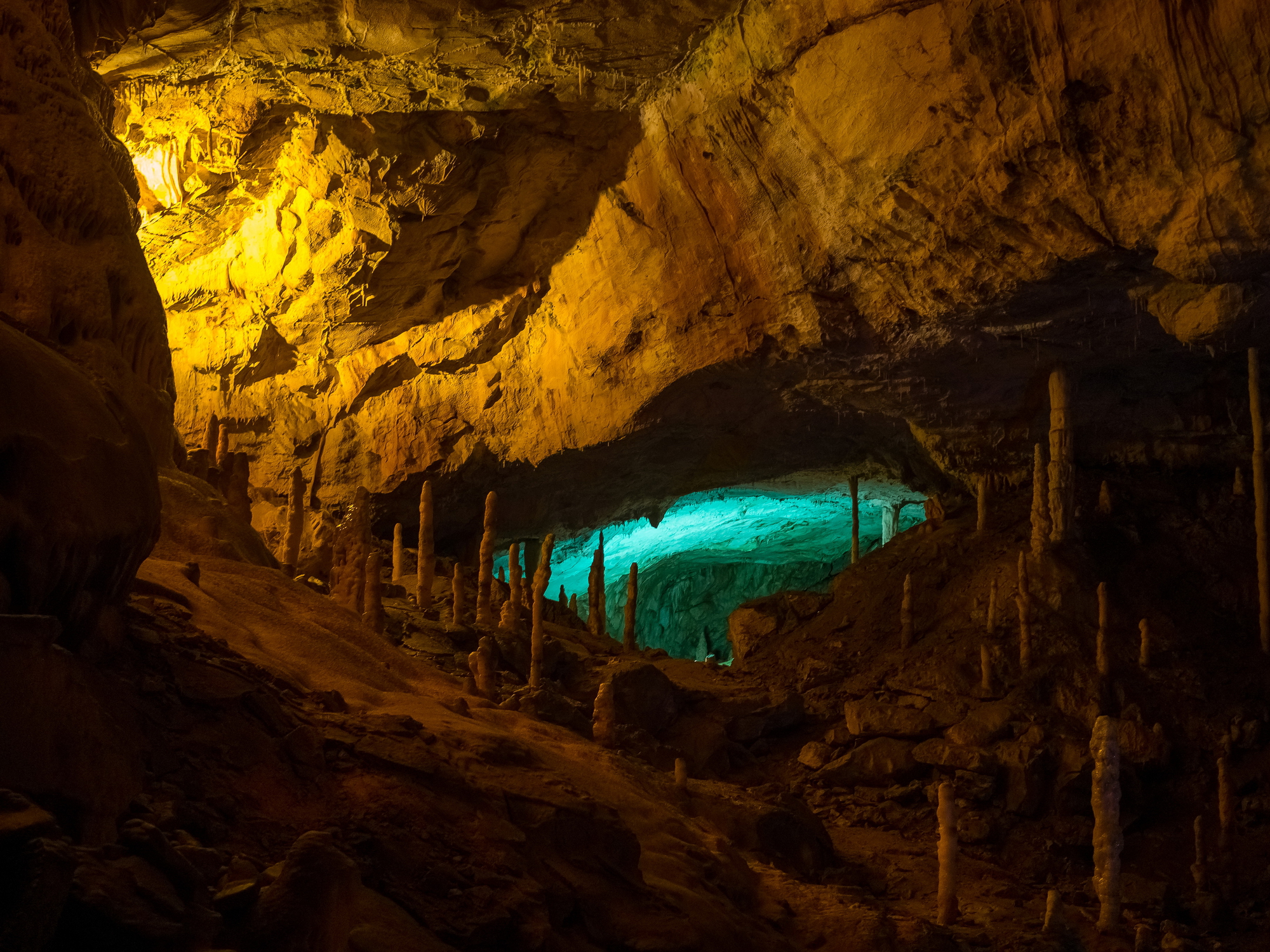
Recent discoveries suggest that volcanic activity might create electromagnetic phenomena deep underground.
These electrical discharges could play a role in forming certain mineral deposits and might even influence local ecosystems in ways we’re only beginning to understand.
The Career Opportunities

Volcanoes have created unique job opportunities throughout history. From ancient Roman soothsayers to modern volcanologists, these geological features have spawned entire professions.
Today, there’s even a growing industry around volcano tourism, proving that danger and opportunity often flow from the same source.
Like Go2Tutors’s content? Follow us on MSN.
The Energy Connection
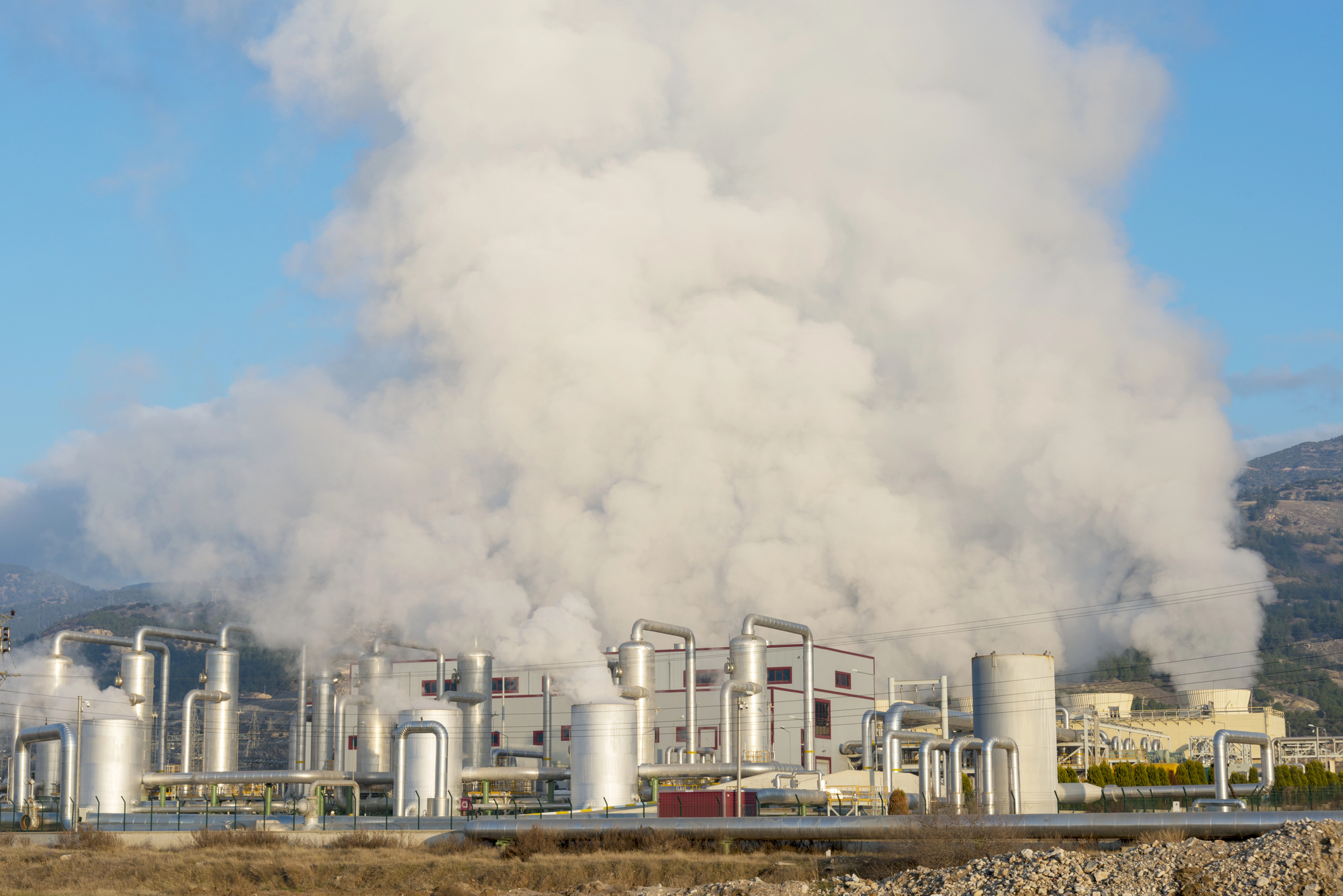
Geothermal power plants near volcanoes provide clean, renewable energy to millions of homes worldwide. Iceland leads the way, harnessing its volcanic activity so effectively that the country meets nearly all its energy needs through geothermal and hydroelectric power.
This shows how volcanic forces can power a sustainable future.
The Space Connection
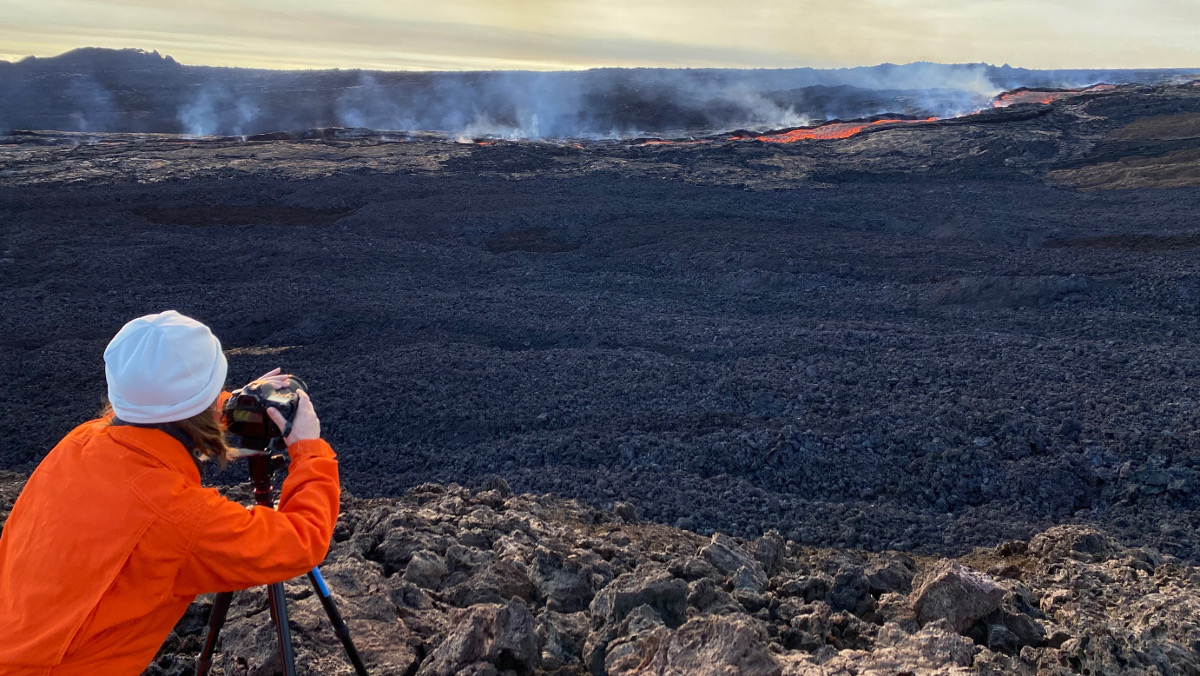
Studying Earth’s volcanoes helps scientists understand volcanic activity on other planets and moons in our solar system.
From Mars’ massive Olympus Mons to the sulfur volcanoes of Jupiter’s moon Io, our understanding of cosmic volcanism begins with studying these features in our own backyard.
A Glimpse into Tomorrow
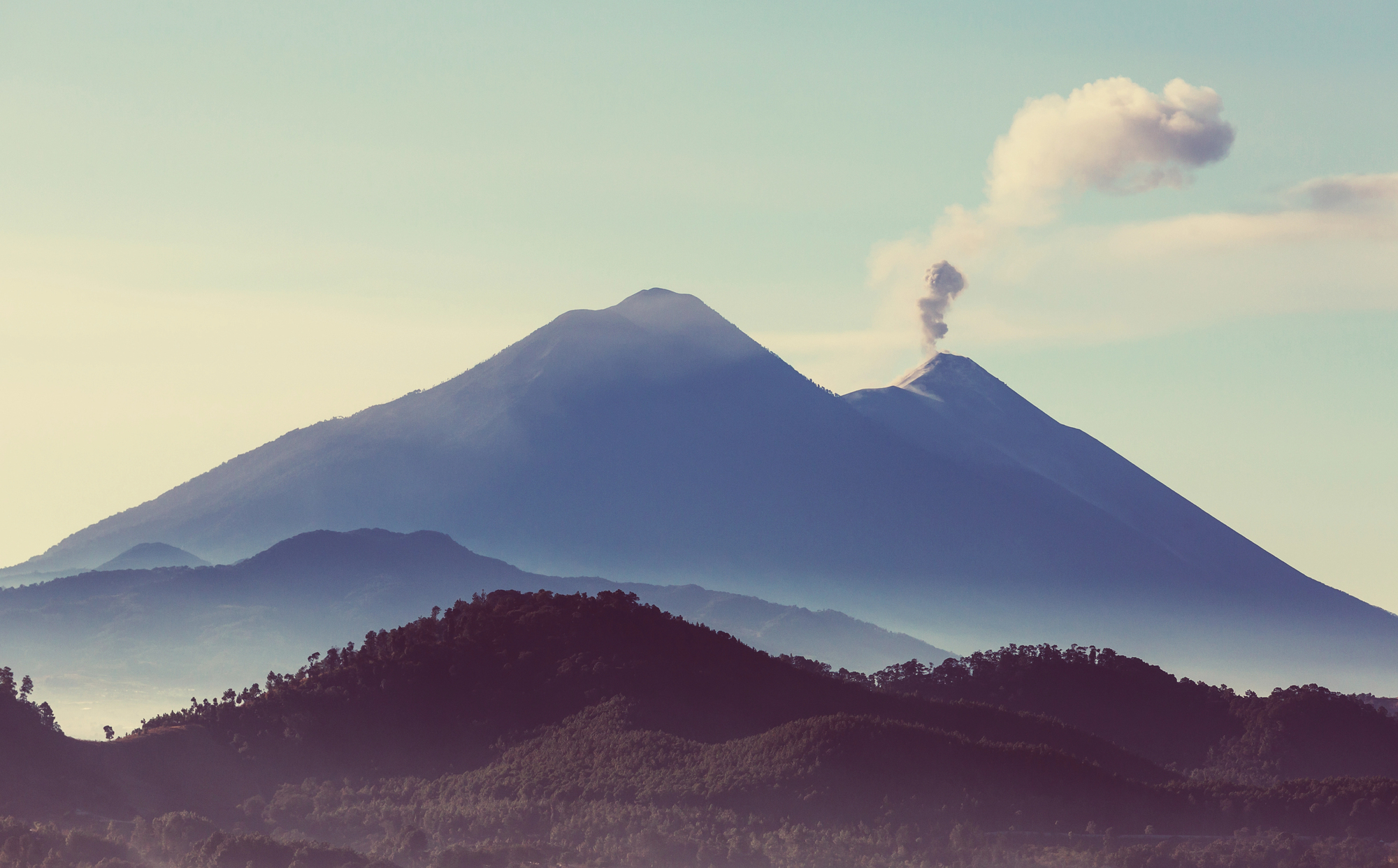
Volcanoes stand as reminders of Earth’s dynamic nature, bridging past and present while hinting at future possibilities. Modern monitoring systems track these geological giants with unprecedented precision, but they still hold mysteries waiting to be unlocked.
Each eruption, each new discovery, adds another chapter to humanity’s long relationship with these powerful forces of nature.
Like Go2Tutors’s content? Follow us on MSN.
The Majesty of Volcanoes
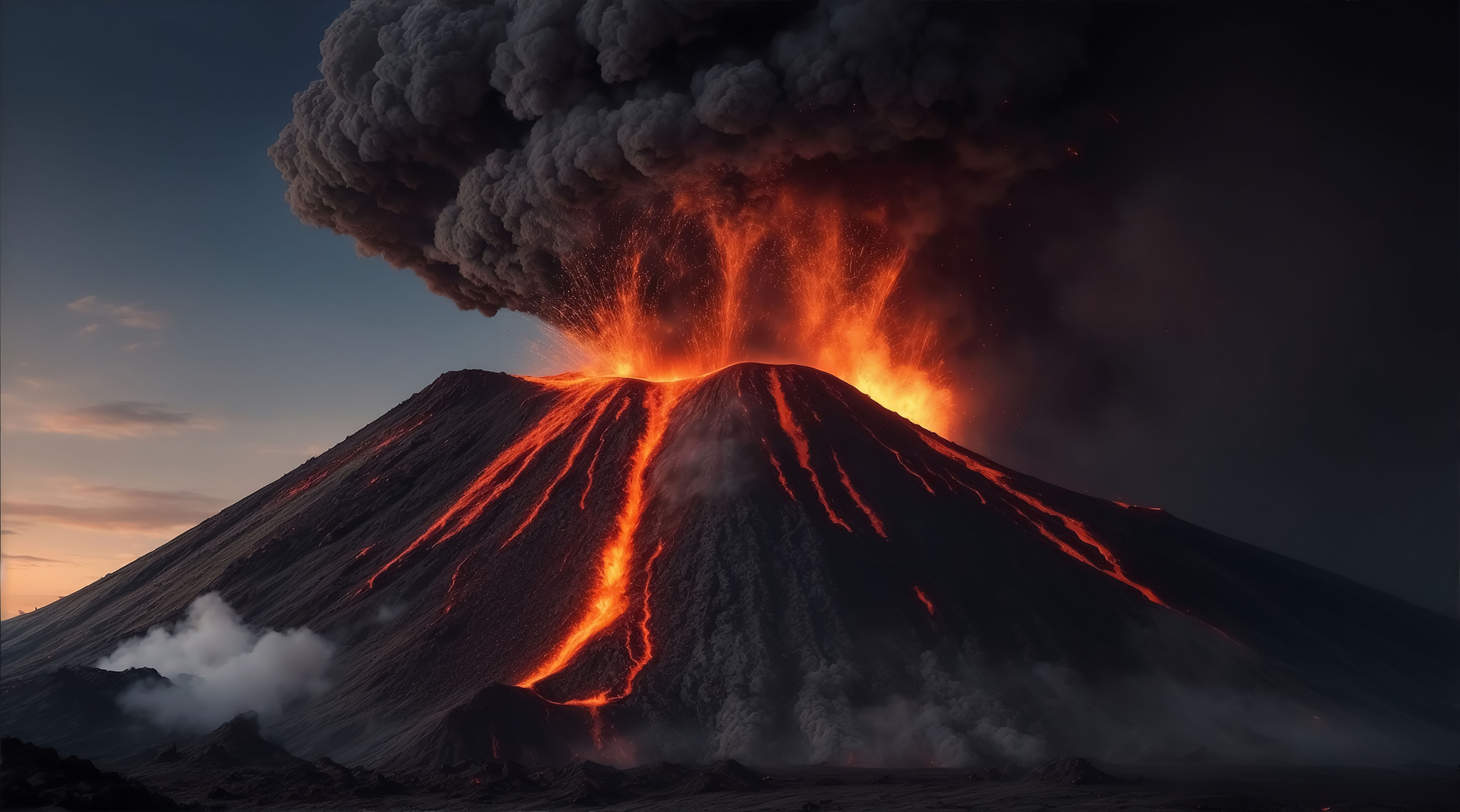
These geological wonders continue to shape our world in ways both obvious and subtle, from influencing ancient mythology to inspiring modern scientific breakthroughs.
As we face the challenges of the future, from climate change to space exploration, volcanoes remain vital teachers about the power, complexity, and resilience of our living planet.
More from Go2Tutors!

- Famous Battles: How Much Do You Really Know About U.S. History?
- Top 5 Most Important Skills, According To Harvard Business School
- How Well Do You Know 90s Pop Culture? Take the Quiz
- Master the Art of Public Speaking with These Expert Tips
- Think You Know Capitals? Put Your Knowledge to the Test
Like Go2Tutors’s content? Follow us on MSN.
